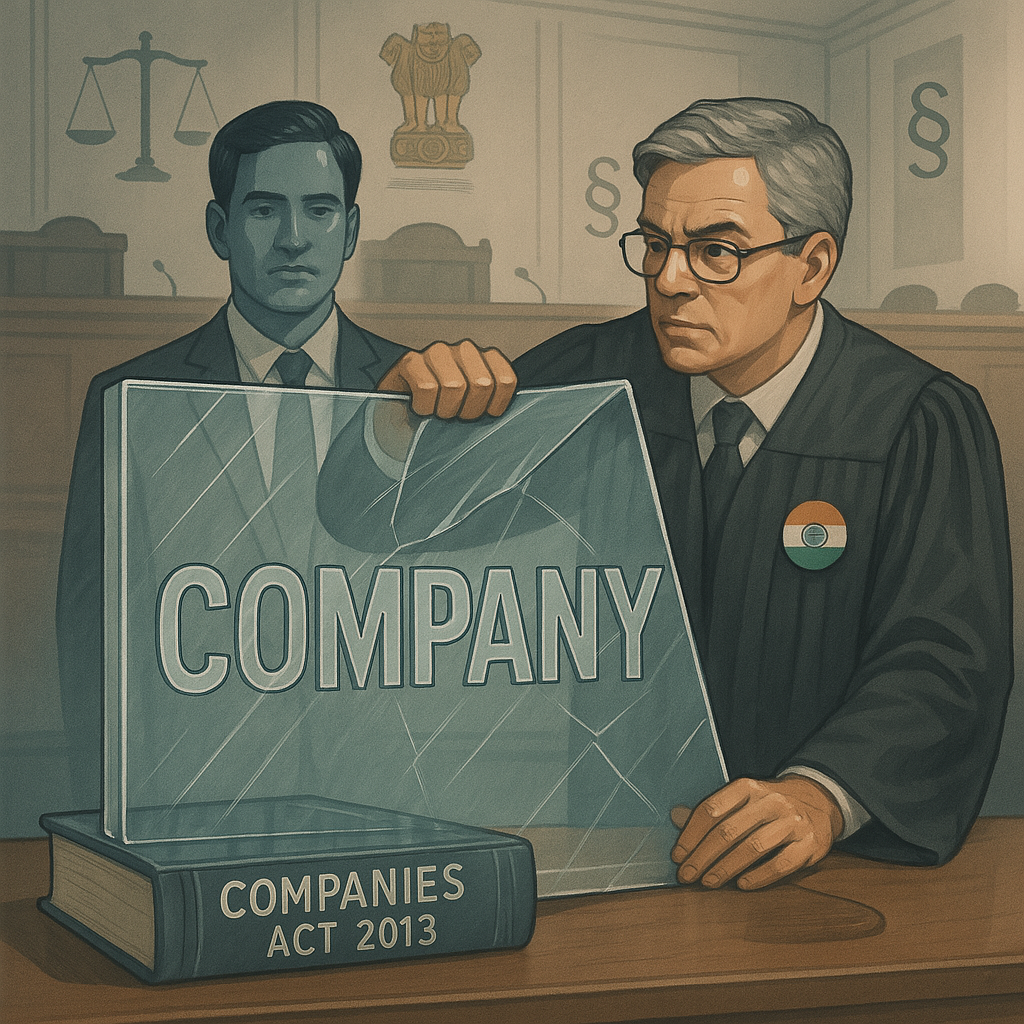The concept of a company as a separate legal entity lies at the heart of modern business law. It allows individuals to pool resources, limit liability, and conduct business under a distinct legal framework. As defined under Section 2(20) of the Companies Act, 2013, a company is “a company incorporated under this Act or under any previous company law.”
This doctrine provides the company a legal identity distinct from its shareholders or directors, enabling it to own property, enter into contracts, sue, or be sued in its own name. However, this separation isn’t absolute. In certain cases, courts may “lift the corporate veil” to hold individuals behind the company personally liable.
This article explains the doctrine of separate legal personality, the circumstances under which courts or statutory authorities pierce the corporate veil, and how this doctrine continues to evolve through landmark judgments and contemporary corporate practices. Whether you’re a student of corporate law or a business owner consulting corporate lawyers in Chandigarh, this guide offers comprehensive legal insight.
What Is the Doctrine of Separate Legal Personality?
Legal Definition and Foundation
The separate legal personality of a company means it is a distinct entity from its shareholders, directors, or promoters. It enjoys rights and bears liabilities independent of its members.
Key Case: Salomon v. Salomon & Co. Ltd. (1897)
In this landmark UK case, the House of Lords held that once a company is incorporated, it becomes a legal person, separate from its owners. Mr. Salomon was not personally liable for company debts, despite being the majority shareholder. This ruling cemented the principles of:
- Separate legal identity
- Limited liability
Is a Company a Citizen Under Indian Law?
Citizenship Act and Constitution of India
Under Section 2(f) of the Citizenship Act, 1955, a company is not considered a citizen. It is an artificial legal person, not a natural one.
Case Law: State Trading Corporation of India Ltd. v. CTO (1963)
The Supreme Court ruled that while companies are legal persons, they are not citizens and thus cannot claim fundamental rights exclusive to citizens (like Article 19). However, companies can invoke rights under:
- Article 14 (Right to Equality)
- Article 21 (Right to Life and Liberty)
- Article 32 (via shareholder rights – R.C. Cooper v. Union of India, 1970)
Lifting or Piercing the Corporate Veil
What Does It Mean?
Lifting the corporate veil is a legal doctrine where courts disregard a company’s separate legal identity to hold the actual individuals behind it responsible, especially in cases of:
- Fraud
- Misrepresentation
- Illegal or dishonest conduct
- Evasion of tax or law
This is an exception to the rule of separate personality and is invoked only when there’s abuse of corporate structure.
Types of Corporate Veil Lifting
1. Statutory Lifting
Certain laws explicitly authorize the lifting of the corporate veil.
Examples from the Companies Act, 2013:
- Section 7(7): Incorporation obtained by fraud – company can be declared void.
- Section 339: Directors personally liable for fraudulent conduct of business during winding up.
2. Judicial Lifting
Courts may exercise discretion to pierce the veil in cases involving:
- Evasion of legal obligations
- Use of company for personal benefit or fraud
- Public interest concerns
Landmark Judgments on Piercing the Corporate Veil
Jones v. Lipman (1962)
A party formed a company to avoid fulfilling a contract for sale of land. The court lifted the veil, treating the company as a sham.
Re Gilford Motor Co. Ltd. (1933)
An ex-employee used a company to breach a non-solicitation clause. The court disregarded the company’s identity to prevent misuse.
Re R.G. Films Ltd. (1953)
An American company used a British firm to disguise control. The corporate veil was pierced to reveal true ownership.
Corporate Veil and Revenue Protection
Re Sir Dinshaw Maneckjee Petit (1927)
Multiple shell companies were formed to avoid income tax. The court lifted the veil to expose tax evasion.
Vodafone International Holdings v. Union of India (2012)
The Supreme Court emphasized that the substance of control matters in tax arrangements. Veil can be pierced where a company acts as a puppet.
Contemporary Applications of Corporate Veil Doctrine
1. Tax Avoidance by MNCs
Example: Apple Inc.
Structured subsidiaries in Ireland to avoid global taxes. Courts in various jurisdictions examined whether these were genuine operations or tax shields.
2. Money Laundering via Shell Companies
Example: Panama Papers (2016)
Exposed how shell companies were used to hide assets. Regulatory authorities lifted the veil to trace real owners.
3. Data Privacy & Platform Liability
Example: Facebook–Cambridge Analytica Scandal
Legal authorities investigated interconnected entities to assign data misuse liability.
4. Environmental Liability
Example: Union Carbide & Bhopal Gas Tragedy
Indian courts have sought to hold parent companies like Dow Chemical accountable for subsidiary actions.
5. Start-Up Fraud
Example: Theranos Case (2015–2022)
Elizabeth Holmes was personally held liable despite corporate protections, revealing how the corporate veil can be pierced in fraud.
6. Gig Economy and Worker Rights
Example: Uber – UK Supreme Court (2021)
The court ruled Uber drivers were workers, not contractors, examining the real relationship beneath the corporate layer.
Consequences of Corporate Veil Lifting
When the corporate veil is pierced, the following consequences may apply:
- Personal liability of directors and promoters
- Unlimited liability of shareholders
- Loss of corporate protection in litigation
- Tax recovery and enforcement actions
- Prosecution for fraud or misrepresentation
When Should You Worry About Personal Liability?
As a business owner or director, you may be held personally liable if:
- The company was incorporated with fraudulent intent
- Corporate accounts were misused for personal benefit
- The company was used to evade taxes or regulatory compliance
- False information was filed with the Registrar of Companies
Always consult with a corporate lawyer in Chandigarh to structure your company and operations legally and transparently.
The doctrine of separate legal personality encourages entrepreneurship by offering limited liability and legal protection. However, it is not an absolute shield. The doctrine of lifting the corporate veil exists to ensure that this protection is not abused for fraud, evasion, or wrongful conduct.
FAQs on Corporate Veil and Personal Liability
- What does “lifting the corporate veil” mean in Indian law?
It refers to a legal doctrine where the court disregards the company’s separate legal identity to hold individuals behind it liable—especially in cases of fraud, tax evasion, or illegal conduct. - Can directors be held personally liable for the company’s debts?
Yes, under Sections 7(7) and 339 of the Companies Act, 2013, and in fraudulent transactions, directors may be personally liable. - Is a company considered a citizen under Indian law?
No. As per the Citizenship Act, 1955, companies are not citizens and cannot claim rights reserved for natural persons, though they can invoke rights under Article 14 (Right to Equality). - What is the importance of Salomon v. Salomon case?
It established the principle that a company is a separate legal entity from its members, laying the foundation for modern corporate law and limited liability. - Can the corporate veil be lifted during tax investigations?
Yes. Courts can pierce the veil to expose tax avoidance schemes or shell companies, as seen in the Vodafone and Sir Dinshaw cases.

